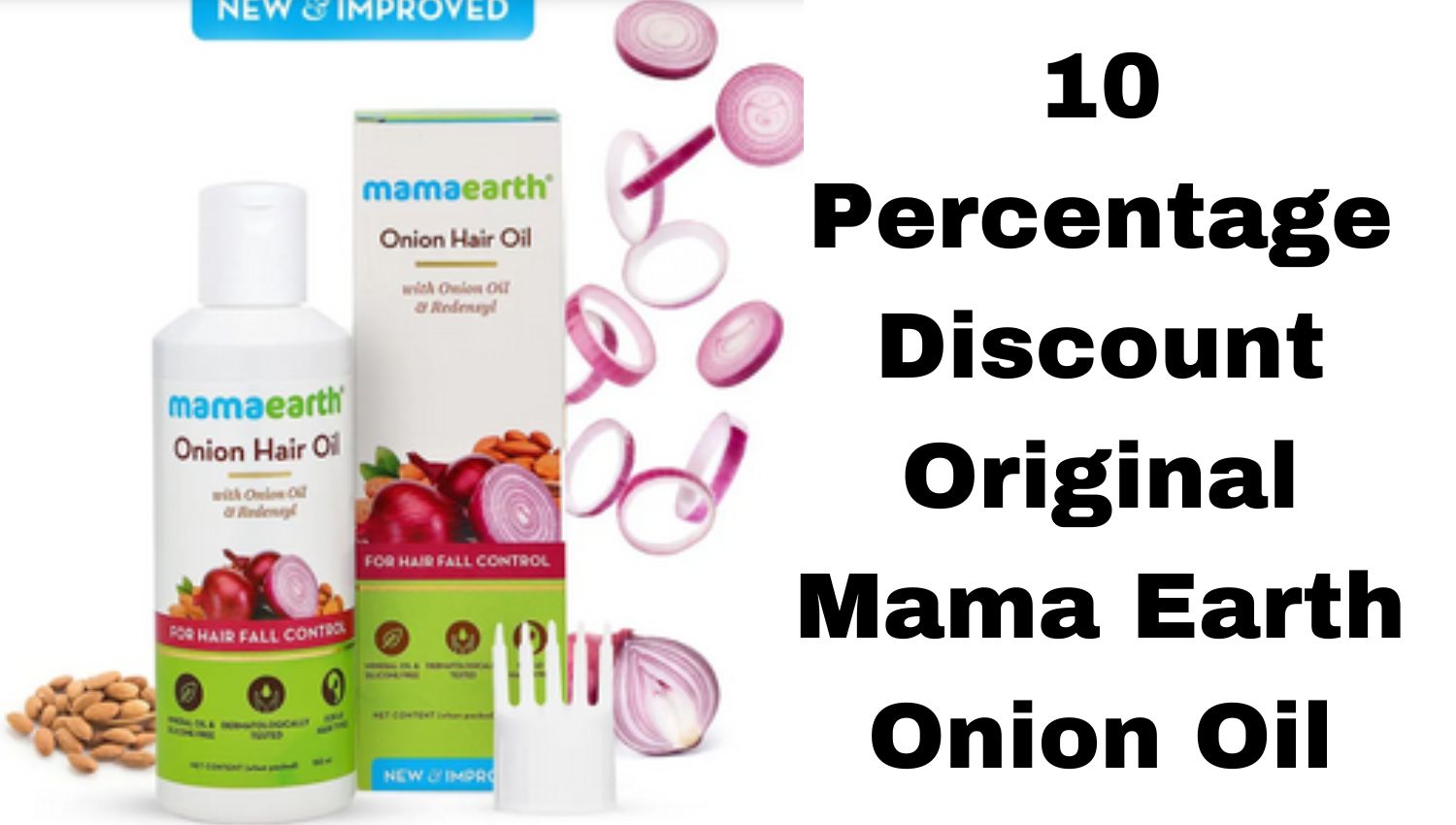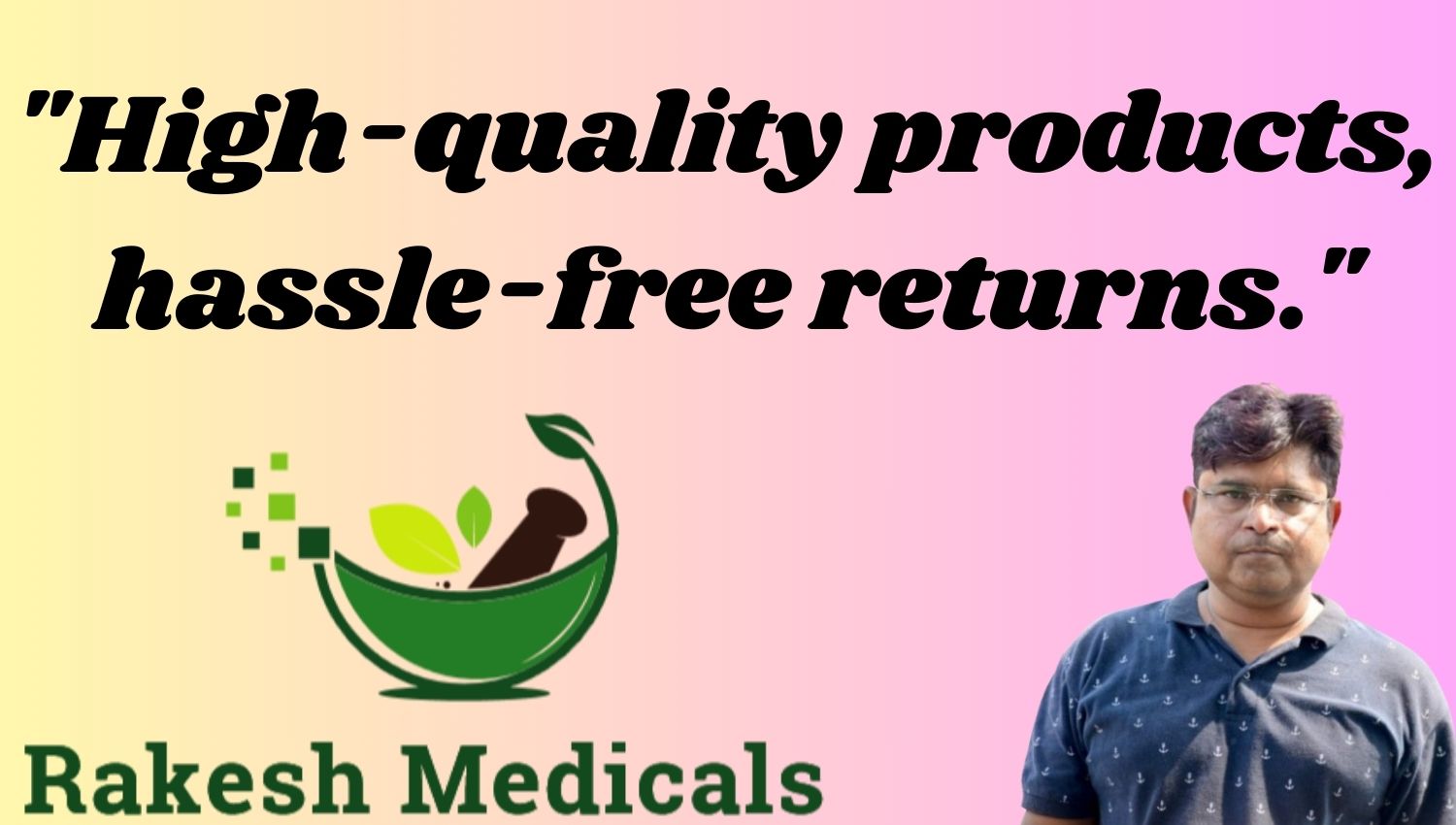It’s typical to lose some hair every day as part of your hair’s usual growth cycle. For most people, the lost hair grows back, and you maintain a full head of hair. But illness, hormonal changes, stress, aging and inherited conditions can interfere with your hair’s growth cycle. More hair falls out, but new strands don’t always grow back.
What is hair loss?
Most healthy people lose up to 100 strands of hair per day. As part of your hair’s growth cycle, new strands grow and take the place of the ones you shed.
When you start to shed more strands — and fewer or none grow back — the condition is considered alopecia (hair loss). There are several types of hair loss, and it can affect adults of any gender and even children. You may lose hair just on your head or from your body as well.
What are the types of hair loss?
Some types of hair loss are permanent, while others are temporary. The most common types of hair loss include:
Androgenic alopecia: This type of hereditary baldness can affect anyone (male pattern baldness or hair loss in women).
Alopecia areata: Alopecia areata is an autoimmune disease that results in hair loss from the head and body.
Telogen effluvium: This type of hair loss involves rapid shedding of hair in a short amount of time. It typically happens a few months after your body goes through something physically or emotionally stressful. It can also result from sudden hormonal changes.
Anagen effluvium: This very rapid hair loss occurs due to certain medical treatments, such as chemotherapy.
How common is hair loss?
Baldness (androgenic alopecia) is the most common type of hair loss. It affects an estimated 80 million individuals in the U.S.
Hair loss is one of the most common side effects of chemotherapy. Alopecia areata affects up to 6.8 million people in the U.S.
Symptoms and Causes
What causes hair loss?
Hair loss has many possible causes. The most common include:
Hereditary hair loss from genetics (genes you inherit from your parents).
Fungal infections on the scalp.
Hairstyles that pull the hair tightly (such as braids, hair extensions or tight ponytails).
Haircare that may cause damage due to processing (including perms and bleach).
Hormonal changes (such as pregnancy, childbirth or menopause).
Medical treatment (such as chemotherapy and certain medications).
Nutritional deficiencies (especially not getting enough iron or protein).
Stressful events (like having surgery or losing a loved one).
Thyroid disease.
What are the symptoms of hair loss?
People experience hair loss in different ways, depending on the type of hair loss and what’s causing it. Common symptoms include:
Receding hairline (typical of male pattern baldness).
Thinning hair all over the head (typical of female pattern hair loss).
Loss of small patches of hair on the scalp.
Loss of hair on the scalp and body.
What are the complications of hair loss?
Losing your hair — whether the hair loss is temporary or permanent — can be emotionally difficult for many people. Some types of hair loss can eventually lead to baldness.
If you lose significant hair, it’s important to protect your scalp. Wear a hat, scarf or other head covering when you’re in the sun, and apply sunscreen daily. Sun exposure increases the risk of skin cancer.
Diagnosis and Tests
How is hair loss diagnosed?
In some cases, the cause of hair loss is obvious — for example, if you’re losing hair while going through chemotherapy. Other times, your healthcare provider will need to do some detective work to figure out what’s causing your hair loss.
To determine the correct diagnosis, your provider may:
Ask about your family history, including if any relatives experienced hair loss and at what age.
Look at your medical history.
Order blood tests to measure thyroid function and iron levels.
Examine your scalp for signs of infection.
Take a scalp biopsy to check for skin disease.
Management and Treatment
How is hair loss treated?
If your hair loss results from medication, hormonal imbalances, thyroid disease or diet, your provider will address the cause. Correcting the underlying problem is often all that’s needed to help stop hair loss.
Most hair loss treatments are meant to help with androgenic alopecia (male and female pattern hair loss). These treatments include:
Medication: Over-the-counter medications you apply to your scalp (such as minoxidil, or Rogaine®) are usually the first course of treatment for thinning hair. A prescription oral medication (finasteride, or Propecia®) is approved only for men with male pattern baldness.
Hair transplant: During a hair transplant, your provider carefully removes strands of hair from an area of your scalp where the hair is thickest. The provider then transplants those strands, embedding them into your scalp where your hair is thinnest.
Platelet-rich plasma (PRP): After drawing your blood, your provider separates out the plasma. They then inject this platelet-rich plasma into your scalp. PRP treatment can help slow hair loss and encourage new hair growth.
Prevention
How can I prevent hair loss?
You can’t prevent all types of hair loss, but you can take steps to help keep your hair healthy and minimize loss. To help prevent hair loss:
Eat a healthy diet that includes enough calories, protein and iron.
Find ways to cope with stress.
Manage thyroid disease or other medical conditions that could result in hair loss.
Avoid hairstyles that pull hair tightly.
During chemotherapy treatment, try a cooling cap.






